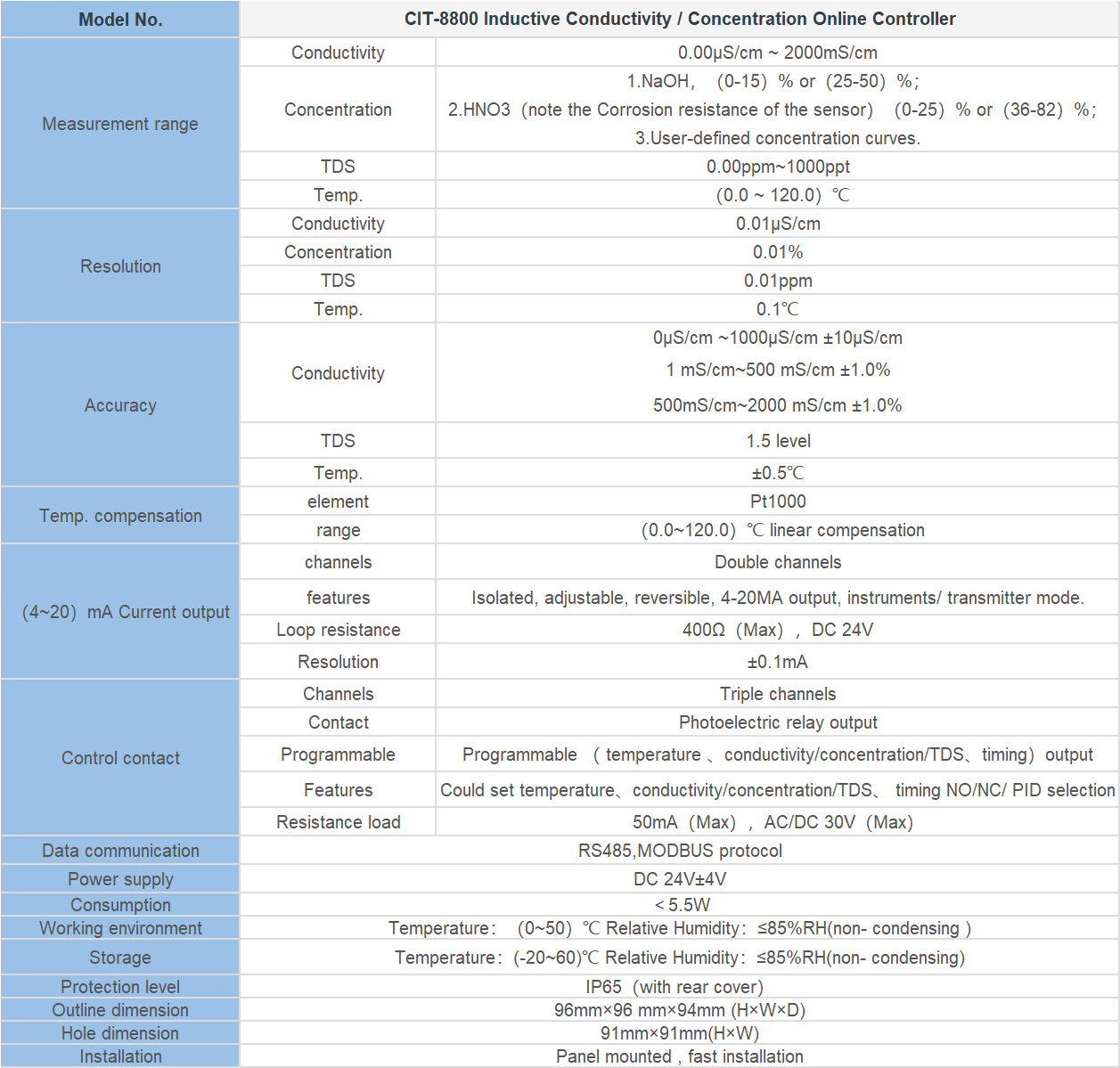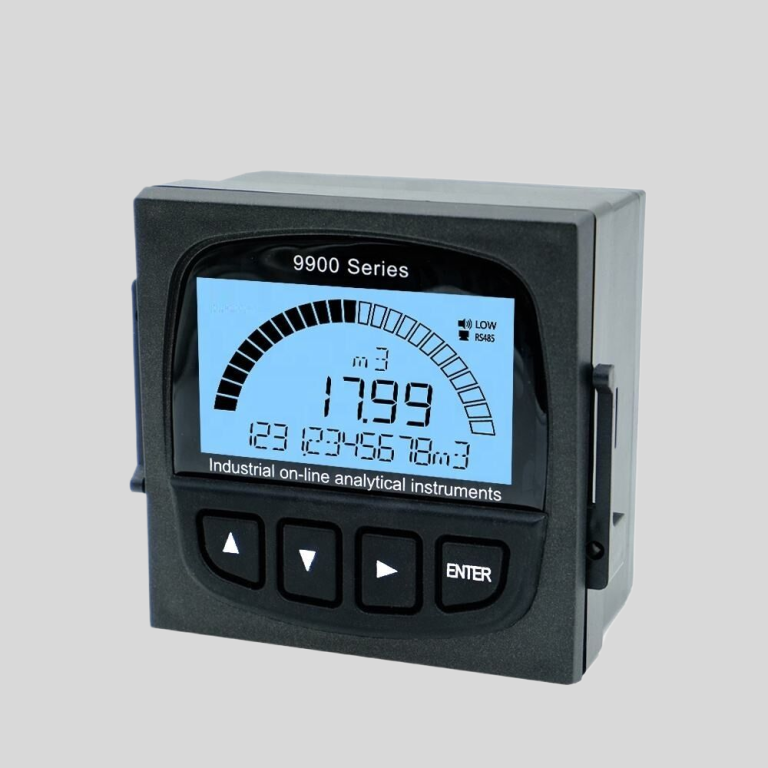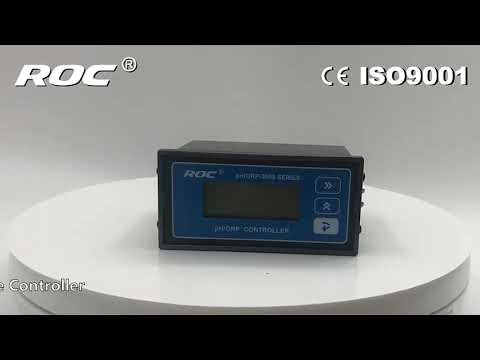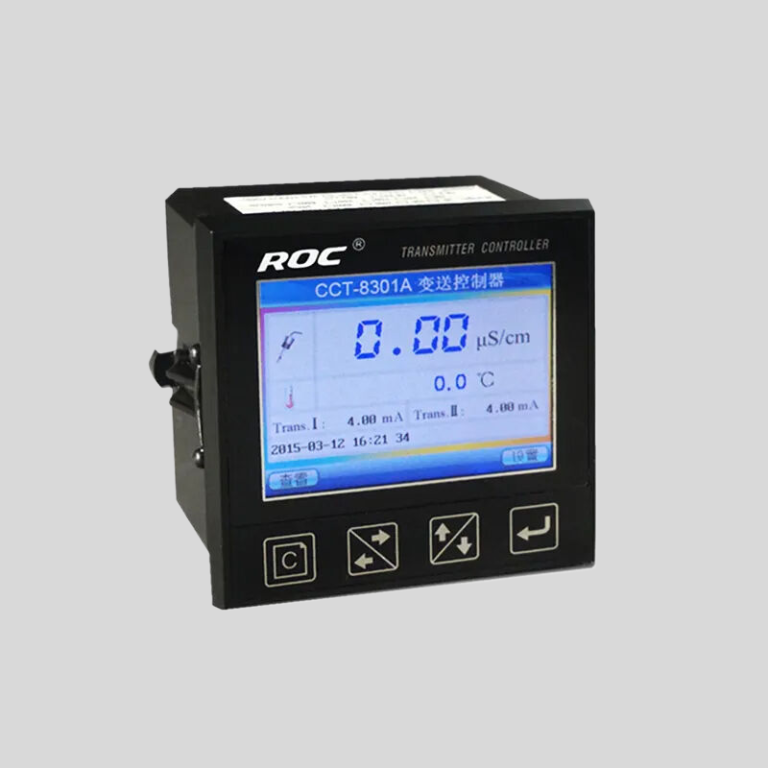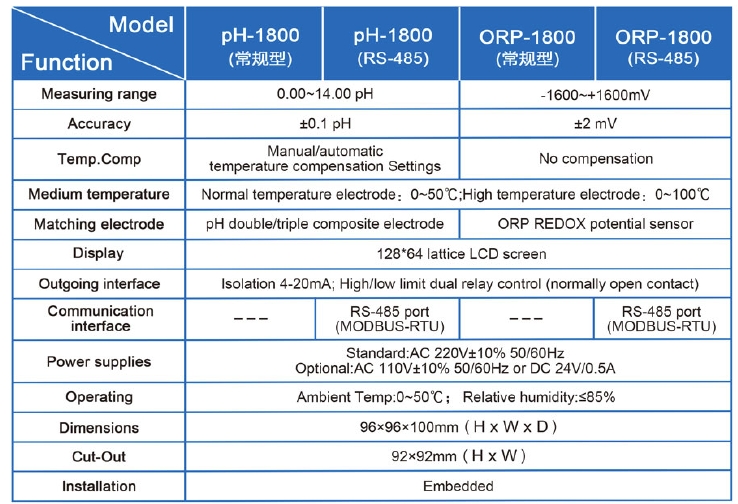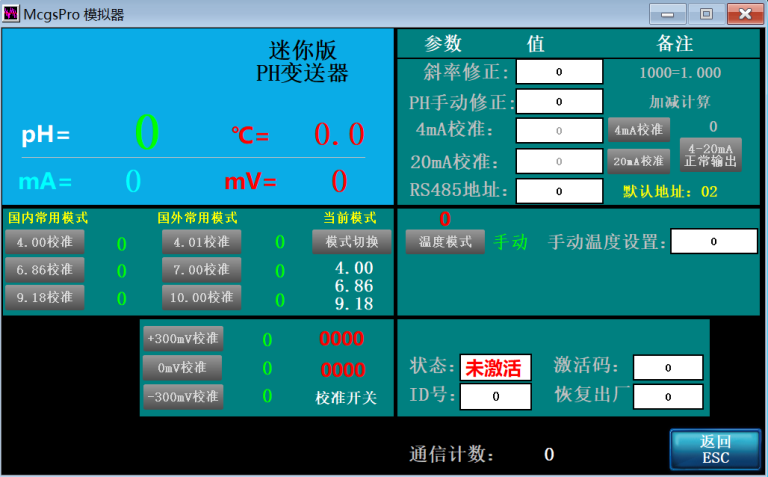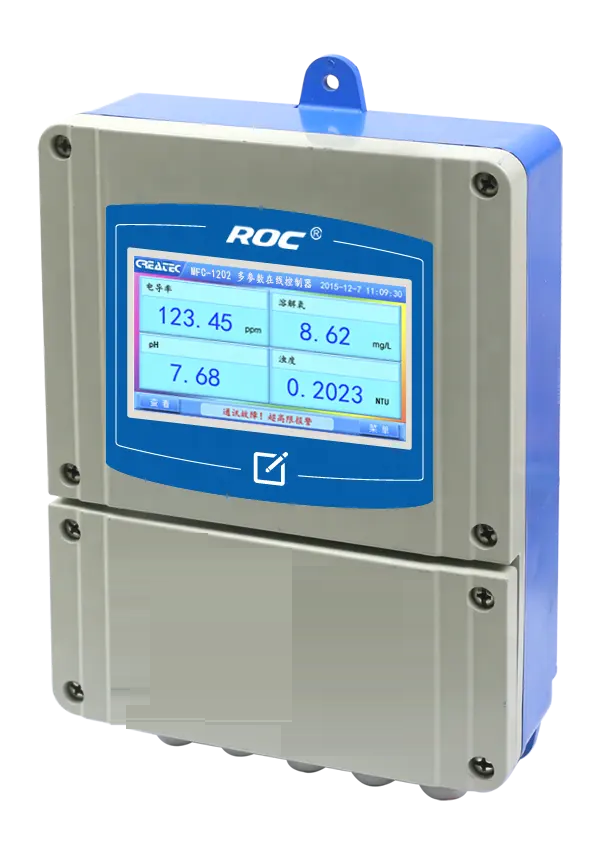Understanding the Importance of ph meter with Temperature Compensation
In the world of science and research, accurate measurements are crucial for obtaining reliable data. One important tool that is commonly used in various fields such as chemistry, biology, and environmental science is the ph meter. pH meters are devices that measure the acidity or alkalinity of a solution by determining the concentration of hydrogen ions present. However, one factor that can affect the accuracy of pH measurements is temperature.
| Model | pH/ORP-8851/9900 pH/orp meter |
| Range | 0-14 pH; -2000 – +2000mV |
| Accuracy | ±0.1pH; ±2mV |
| Temp. Comp. | Automatic temperature compensation |
| Oper. Temp. | Normal 0~60℃; High temp 0~100℃ |
| Sensor | pH double/triple sensor; ORP sensor |
| Display | Big Screen LCD Screen |
| Communication | 4-20mA output/RS485 |
| Output | High/Low limit dual relay control |
| Power | DC24V/0.5A or AC85-265V±10% 50/60Hz |
| Working Environment | Ambient temperature:0~50℃ |
| Relative humidity≤85% | |
| Dimensions | 96×96×72mm(H×W×L) |
| Hole Size | 92×92mm(H×W) |
| Installation Mode | Embedded |
Temperature can have a significant impact on the pH of a solution. As temperature increases, the rate of chemical reactions also increases, leading to changes in the concentration of hydrogen ions and ultimately affecting the pH of the solution. To account for this temperature dependency, pH meters with temperature compensation are used.
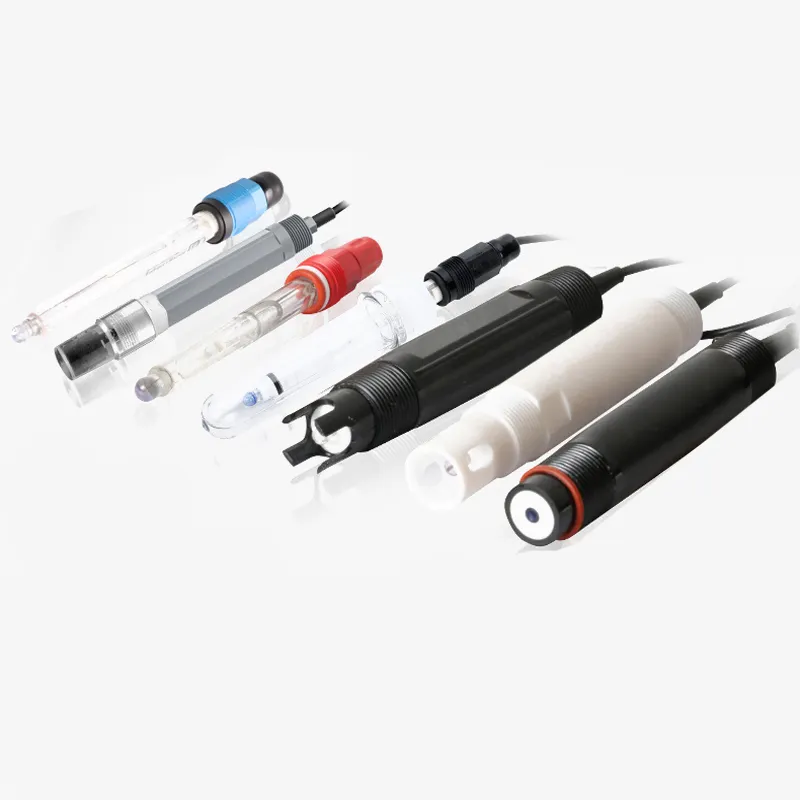
pH meters with temperature compensation are designed to automatically adjust the pH readings based on the temperature of the solution being measured. This ensures that the pH measurements remain accurate even when there are fluctuations in temperature. Without temperature compensation, pH readings can be skewed, leading to inaccurate results and potentially misleading conclusions.
| Model | pH/ORP-8500A pH/ORP Online Meter |
| Range | pH:0.00~14.00 ; ORP:(-1999~+1999)mV; Temp.:(0.0~100.0)°C (Temp.Compensation: NTC10K) |
| Resolution | pH:0.01 ; ORP: 1mV; Temp.:0.1°C |
| Accuracy | pH:+/-0.1 ; ORP: +/-5mV(electronic unit); Temp.: +/-0.5°C |
| Temp. compensation | NTC10K Temperature compensation |
| Medium Temp. | (0~80)°C |
| Analog output | Double channels isolated; transportable(4~20)mA, instruments/ transmitter mode |
| Control Output | Triple channels semiconductor photoelectric switch, load current: AC/DC 30V, 50mA(max) |
| Communication port | RS485,Modbus RTU protocol |
| Working Environment | Temp.(0~80)℃; relative humidity <95%RH (non-condensing) |
| Storage Environment | Temp.(-20~60)℃;Relative Humidity ≤85%RH (none condensation) |
| Power Supply | DC 24V |
| Power consumption | <3W |
| Protection level | IP65 (with back cover) |
| Dimension | 96mmx96mmx94mm(HxWxD) |
| Hole Size | 91mmx91mm(HxW) |
One common method used for temperature compensation in pH meters is the use of a built-in temperature sensor. The temperature sensor measures the temperature of the solution and sends this information to the ph meter, which then adjusts the pH readings accordingly. This allows for real-time corrections to be made, ensuring that the pH measurements are always accurate regardless of changes in temperature.
Another method of temperature compensation involves using a separate temperature probe that is inserted into the solution being measured. The temperature probe sends temperature data to the ph meter, which then uses this information to make the necessary adjustments to the pH readings. This method is particularly useful when measuring solutions that have extreme temperature variations.
The importance of using a ph meter with temperature compensation cannot be overstated, especially in research and scientific applications where precise measurements are essential. Without temperature compensation, pH readings can be unreliable and inconsistent, leading to erroneous conclusions and potentially costly mistakes.
In addition to ensuring accurate pH measurements, pH meters with temperature compensation also help to improve the overall efficiency of the measurement process. By automatically adjusting for temperature variations, these devices save time and effort that would otherwise be spent manually correcting pH readings.
Overall, pH meters with temperature compensation are invaluable tools for anyone working in fields that require accurate pH measurements. Whether in a laboratory setting, a manufacturing facility, or an environmental monitoring station, these devices play a crucial role in ensuring the reliability and validity of data collected. By investing in a ph meter with temperature compensation, researchers and scientists can have confidence in the accuracy of their pH measurements and make informed decisions based on reliable data.
